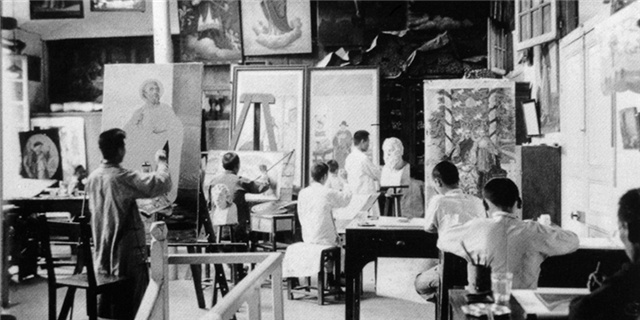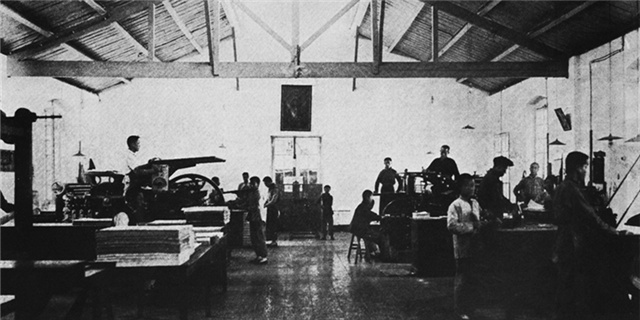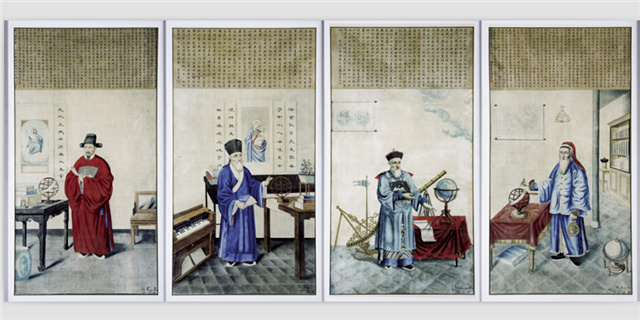T’ou-Sè-Wè Craftsmanship
T’ou-Sè-Wè is located in the south of Zi-Ka-Wei. During the reign of Emperor Daoguang of the Qing Dynasty, a river was excavated, and the mud was heaped here, thus the name T’ou-Sè-Wè (mound bay). T’ou-Sè-Wè Orphanage Handicraft Workshop created many No.1 in China’s history of technology. In 2009, T’ou-Sè-Wè craftsmanship was listed by Shanghai Municipal Government in the list of the second batch of City-level Intangible Cultural Heritage in Shanghai. In 1864, the mound was cut to the ground, where the Society of Jesus founded an orphanage handicraft workshop which was composed of T’ou-Sè-Wè Gallery, Woodcraft Workshop, Hardware Department, Press, etc. T’ou-Sè-Wè Gallery not only exerted a far-reaching influence on China’s modern painting and arts and crafts, but also cultivated a large number of artists such as Liu Bizhen, Zhou Xiang, Zhang Yuguang, Xu Yongqing, Ren Bonian and Liu Haisu, as well as many arts and crafts masters such as Zhang Chongren and Xu Baoqing. As a result, it was called “the cradle of Western painting in China” by Xu Beihong. Woodcarvings such as exquisite pailou made by Woodcraft Workshop attended seven World Expos. T’ou-Sè-Wè pagodas won “Class A Medallion”, the top award at San Francisco World Expo in 1915. T’ou-Sè-Wè was the first to introduce lithography, collotype printing and photograph copper and zinc plate equipment and technology into Shanghai. The application of these new technologies made T’ou-Sè-Wè Press 30 years advancer than Commercial Press, the giant in modern China’s publishing industry. Therefore, T’ou-Sè-Wè was the origin of modern Shanghai craft and Shanghai-style culture.




